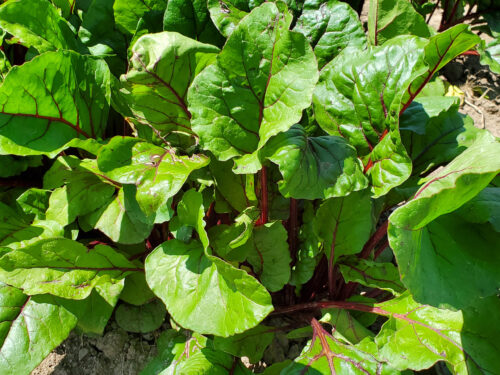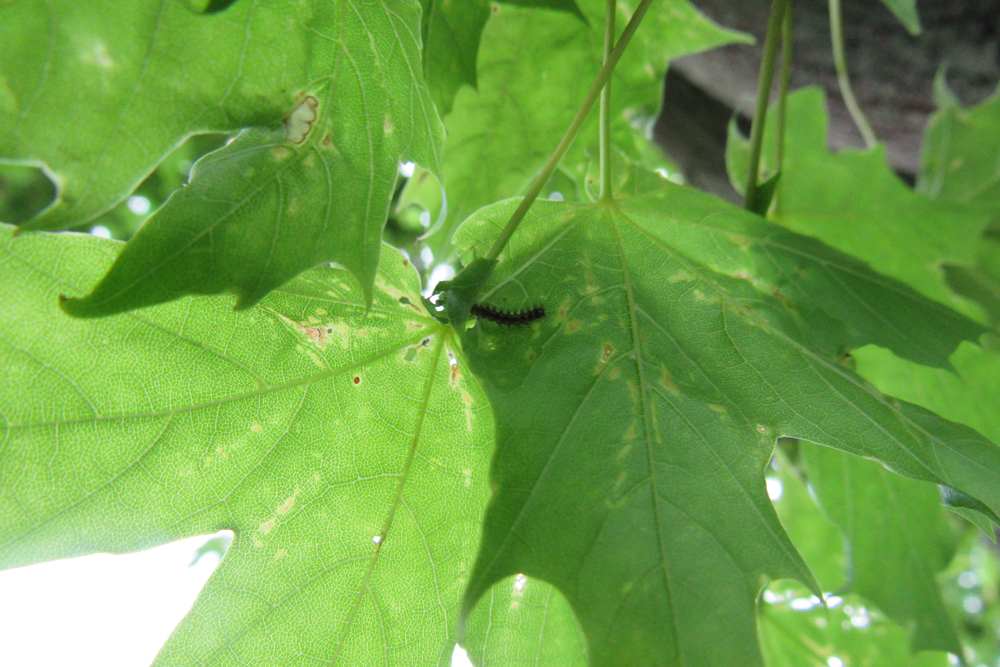Growing root vegetables

Root vegetables are very satisfying to grow. You don’t really know what to expect until you harvest, but when you do, it’s like unearthing jewels for the table. However, growing root vegetables can also be disappointing because the crop does not always develop as it should. Understanding how root vegetables grow can lead to a better harvest.
Michigan State University Extension says that when we eat a root vegetable, we are eating the portion of the plant that grew below the ground. Root vegetables like beets, radishes, carrots, turnips, parsnips, and rutabagas are considered cool-season crops. It is best to grow them in the spring or in the fall, as hot weather can cause them to “bolt.” Root crops bolt when they produce flowers and seeds, which causes the root to have a bitter taste or very little taste at all.
Soil, not surprisingly, is another important factor in growing root crops. Heavier soil makes it difficult for root crops to expand the edible portion beneath the soil. Michigan State says to loosen the soil to about 12 inches deep, but be careful not to over-till. Over-tilling can cause the soil to lose its structure, and when it gets wet, it repacks itself into an almost concrete-like consistency. Mix in compost or composted manure to your tilled soil. One-fourth of the volume of your soil should be compost or composted manure, meaning you should mix three to four inches into your soil. You can do this in two applications. Michigan State says the goal is to have five percent or more organic matter in your soil.
Soil pH for root crops should be slightly acidic – close to 6.5. You can purchase soil tests or take a dry soil sample to your local Cornell Cooperative Extension for testing. They can advise you if you need to adjust your soil. Fall is the best time for soil tests, as you have time for amendments to work before the next growing season. Proper soil pH helps plants get the nutrients they need to grow well.
Make sure that large stones and rocks are removed from the area where you will grow root crops, as these can also impede growth. If a carrot root runs into a hard object, it will develop another root or become crooked or misshapen. When harvest time comes, it can be very easy to damage the root.
Seeds for most root crops are tiny. After germination, carefully remove some of the seedlings to thin out your planting. Thinning allows more root room for the plants that remain. The tops or greens of some root crops can be eaten and are highly nutritious. Beet greens are one example – when you thin your crop, save the greens to eat.
Mulching also helps root crops by discouraging weeds and keeping the soil cooler and more moist. Straw, shredded paper, or leaf mulch works well, as they will break down after the season. Wood chips may end up as root blockers in future years.
Root crops like full sun, although beets will tolerate some shade. Keep them well-watered, as over half the mass of your vegetables is water. One inch a week is best, but plants will need more water during dry periods. Radishes are a fun, quick-growing crop. Carrots and beets take longer, but they can also withstand cold temperatures. Carrots left in the ground in the fall can become more sweet if harvested after frost. Some of the best carrots I have grown were harvested in January after a period of severe cold.






